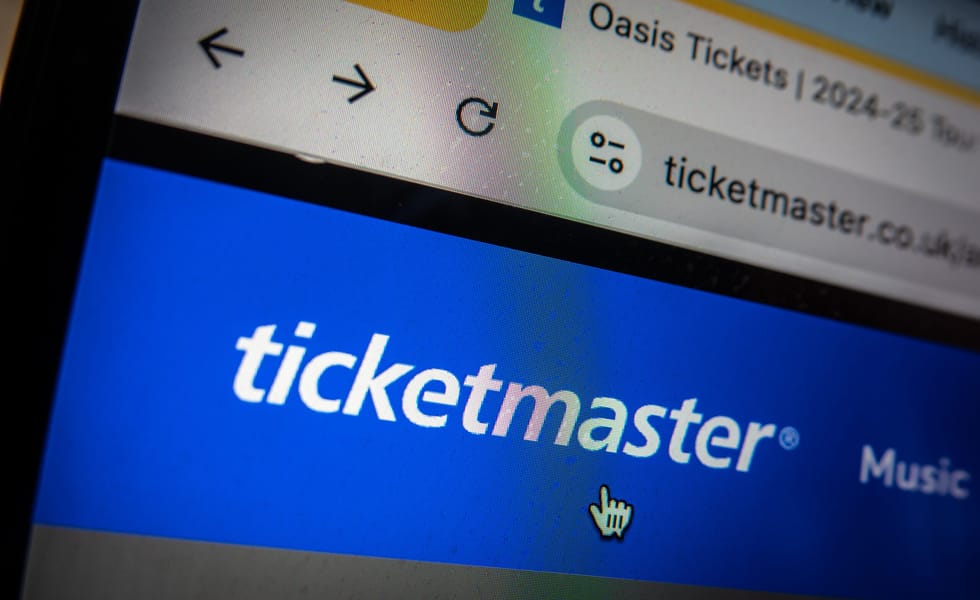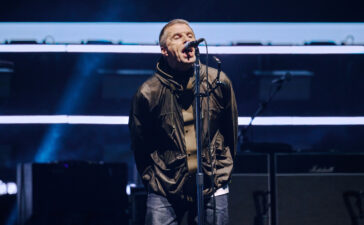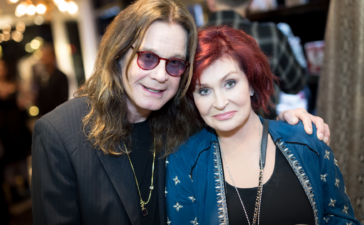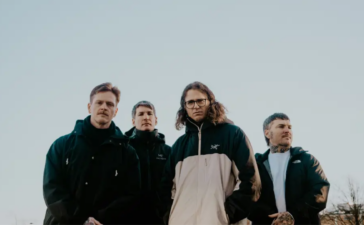It used to be that seeing your favourite artist live was a no-brainer. You’d queue online, smash the refresh button, and maybe curse the ticketing gods—but you’d go.
These days though, it feels a bit more like a financial negotiation. Increasingly, fans are choosing to just walk away from it all rather than bear the extortionate prices.
In Australia this week, Lady Gaga fans didn’t hold back when pre-sale tickets for her upcoming Chromatica Ball show were revealed. Some seats hit nearly $800, with prices wildly inconsistent across sections. Naturally, outrage followed. Not because people think Gaga doesn’t put on a great show, she obviously does but because the math just isn’t mathing anymore. When prices creep past the average weekly wage, even the most loyal fanbase starts to pull back.
It’s not just Gaga either. Even Beyoncé, arguably one of the most celebrated live performers on Earth, has struggled to sell out stadiums on her upcoming Cowboy Carter tour. The ticket prices are high, the economy is shaky, and we’re caught in a cost of living crisis. While no one is disputing the performance would be incredible, what’s left to justify $400 for the nosebleeds when you need to buy groceries and pay rent?
There are exceptions, of course. Taylor Swift’s Eras Tour sold out in minutes, multiple times over. But that wasn’t just a concert. You need only look at the marketing and social media to realise it was an actual event. A cultural checkpoint. A scrapbook of a generation’s musical history played out in glitter and heartbreak. Likewise, Oasis’ reunion tour is already shaping up to be a once-in-a-lifetime moment. Given the twenty year wait, the stakes are higher and fans are willing to pay that little bit extra for it.
And that’s the thing—we’re not just paying for the artist anymore. We’re paying for the story, the spectacle, the FOMO-fuelled experience. If it doesn’t feel essential, fans are starting to treat it like it’s optional.
But to be fair, there is a reason why tickets are expensive. Touring is brutal right now. Costs have exploded across the board. From production, shipping, insurance, crew, accommodation and fuel, artists are taking fewer risks and charging more to cover what used to be manageable. For many, especially mid-tier acts, this is survival math.
Still, there’s a growing disconnect between what fans are being asked to pay and what they’re getting in return. It’s not that people don’t value live music anymore, they just want it to feel worth it. And increasingly, it doesn’t. There’s only so many LED screens and confetti cannons you can throw at a stadium before the illusion of “special” starts to crack.
The hard truth is that big concerts aren’t just about accessibility anymore. They’re about status. If you can afford to go, congratulations. If not, well there’s always the livestream, or 800 blurry TikToks.
So where does that leave us?
Smaller venues are thriving. Boutique festivals are still pulling numbers. Fans are choosing intimacy, connection, and value over stadium-size bombast. Maybe the answer isn’t that people don’t want live music anymore, it’s that they’re sick of being priced out of it.
Artists and promoters will need to meet that shift head-on. Make it personal. Make it feel irreplaceable. Because if the only thing exclusive about your show is the price tag, I wouldn’t be surprised when the seats stay empty.









